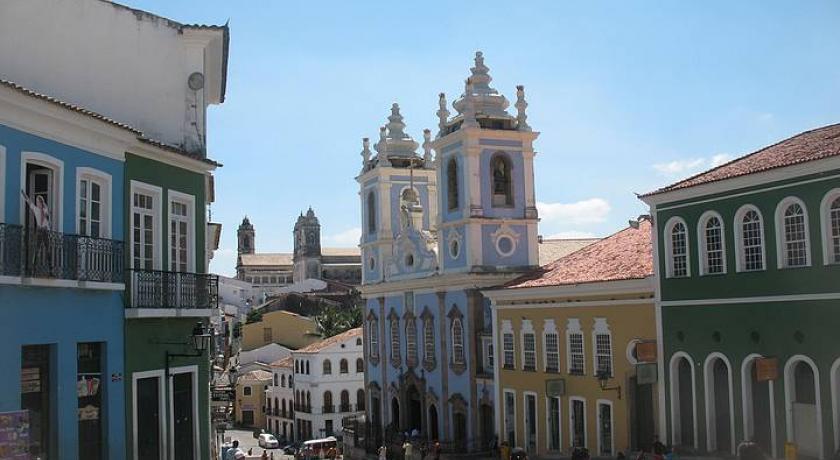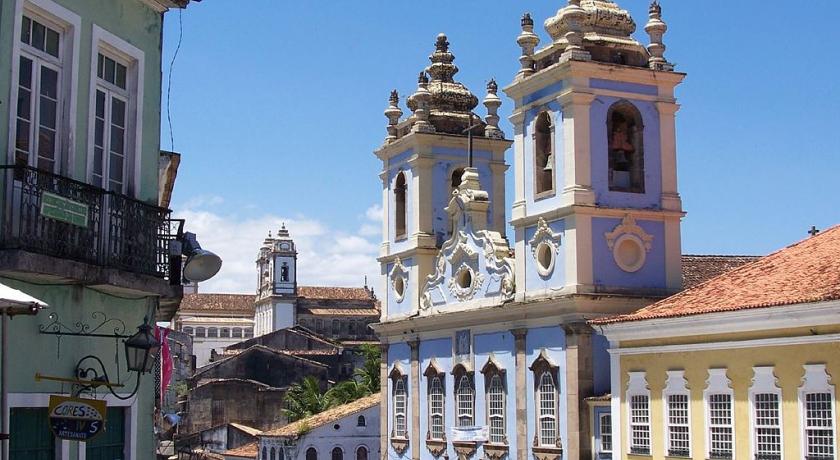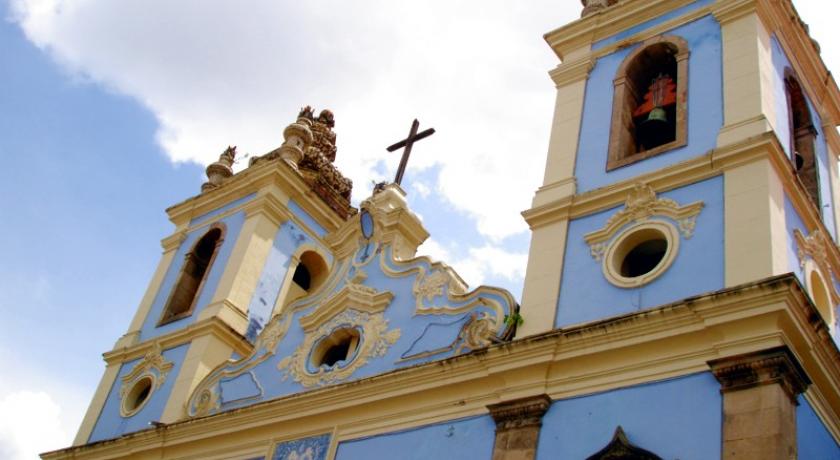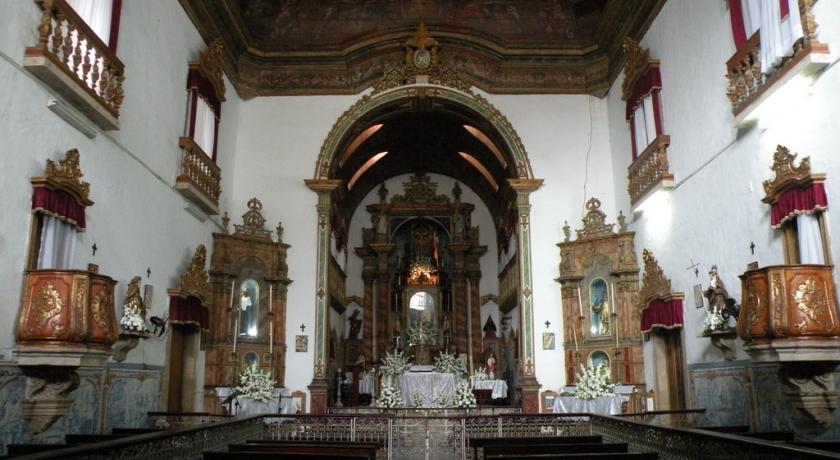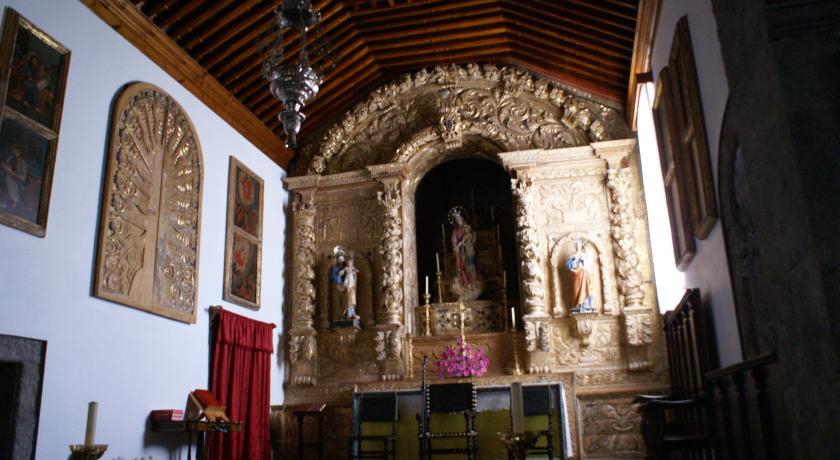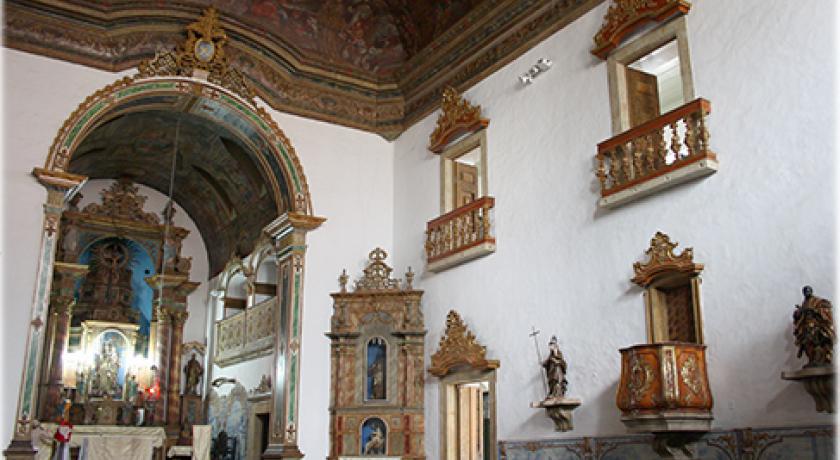Description
The Nossa Senhora do Rosário dos Pretos Church is a Catholic church in Salvador , Bahia , built in the 18th century. It is located in the Historic Center of Salvador , on the slope of Pelourinho . It is part of the historic center of the city declared a World Heritage by UNESCO .
History
In Brazil colony , black slaves and freedmen (liners) were particularly devoted to Our Lady of the Rosary , St. Benedict , St. Efigenia , St. Elesban and a few other saints. According to Frei Augustine of Santa Maria, from the beginnings of century XVII the slaves and linings venerated Our Lady of the Rosary in an altar of the Cathedral of Bahia , in Salvador. Like other groups of the colony, also the blacks were organized in religious groups of mutual aid, called brotherhoods or confraternities . In the second half of the eighteenth century, almost all the parishes of Salvador possessed some black brotherhood.
The Brotherhood of Our Lady of the Rosary of Salvador was formally constituted in 1685, being preceded only by those of Olinda (mid-sixteenth century), Rio de Janeiro (mid-seventeenth century), Recife (1654) and Belém do Pará (1682). Negro brotherhoods began to congregate in the lateral altars of matrices or conventual churches, but in 1704 the one of the Rosary gathered the necessary money and received the permission of the archbishop D. Sebastião Monteiro de Vide for the construction of a church in Portas do Carmo . The name refers to the existence in the zone of one of the doors of the fortified city, through which the road (now the slope of Pelourinho) leaves until the Convent of the Carmo . In the zone also the Carmo Barracks was located, where the soldiers that defended that entrance of the city were lodged.
The construction of the Church of the Rosary was a slow process because the brotherhood was relatively poor and the confraternity brothers donated their work to the construction in their free hours. From 1718 the church was also the mother of the newly created parish of Senhor do Passo, a situation that continued until about 1740. Initially, the body of the church was built; the elaborate facade and the towers were only lifted from 1780, under the direction of the master of works Caetano José da Costa. Also by that time the building gained two lateral corridors. In the late nineteenth century the interior of the church was redecorated, gaining new altars in neoclassical style and paintings.
Features
The Church of the Rosary of the Blacks, begun in 1704, is an imposing building, which is accessed by a small barred churchyard . The façade has a central body in two floors, crowned by a pediment of gable wreaths , and flanked by bell towers whose finish is a coruuble in superimposed bulbs covered with tiles . At the ground floor there are five doors, the central one being broader and framed by a discreet frontispiece , and above them, five windows of delicate design. The design of the facade, built after 1780, is attributed to the master craftsman Caetano José da Costa.
In the interior, the tiles on the devotion to the Rosary , manufactured in Portugal and dated from c. 1790. The altars are in neoclassical style, realized in the decade of 1870 by the carver João Simões F. de Souza. On the altars there are colonial images, most notably a 17th century Our Lady of the Rosary , venerated in the old Cathedral of Bahia, as well as images of Saint Anthony of Categeró , Saint Benedict , Saint Barbara and a crucified Christ in ivory. The nave liner was painted in 1870 by José Pinto Lima dos Reis.
At the back of the church there is an old slave graveyard . Preserving its history related to the blacks, the liturgy of the cults makes use of music inspired in the terraces of Candomblé . In the commemorative dates of Santa Bárbara and Iansã the church is the central point of the festivities.
Source: https://pt.wikipedia.org/wiki/Igreja_de_Nossa_Senhora_do_Rosário_dos_Pretos_(Salvador)
Address
Salvador
Brazil
Lat: -12.971106529 - Lng: -38.508060455


